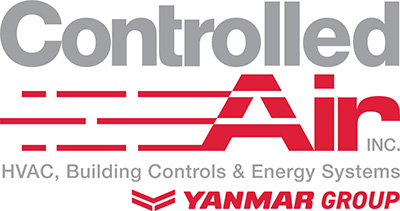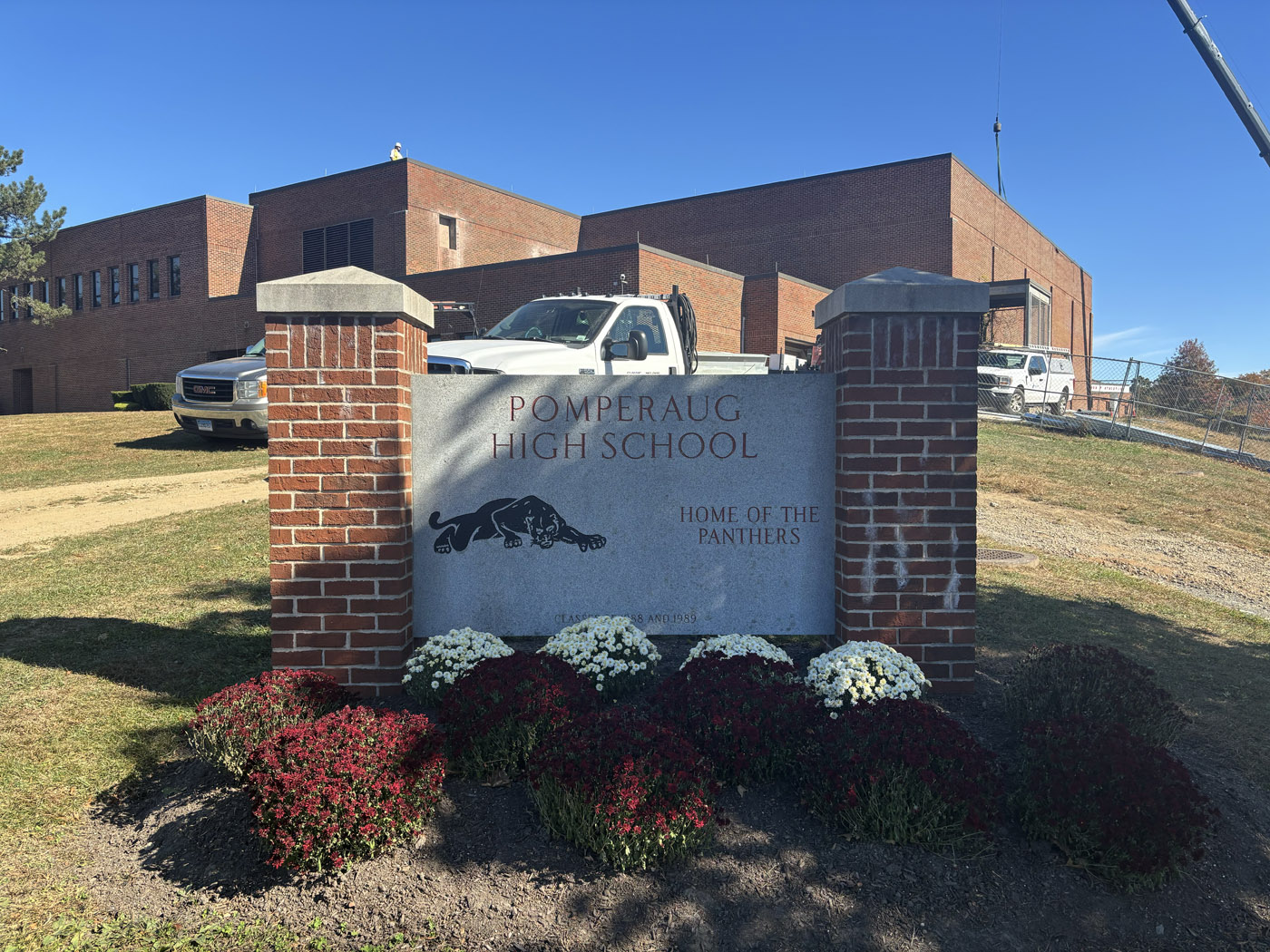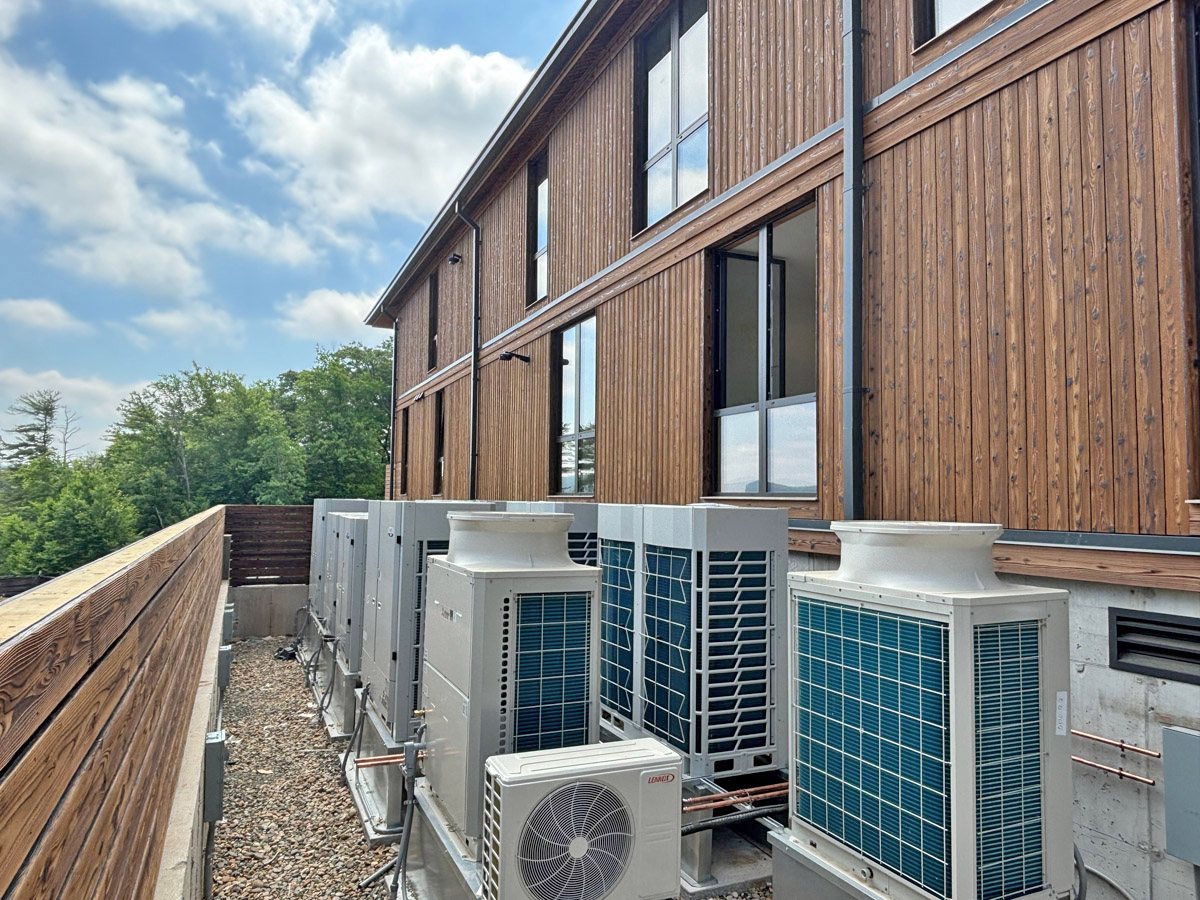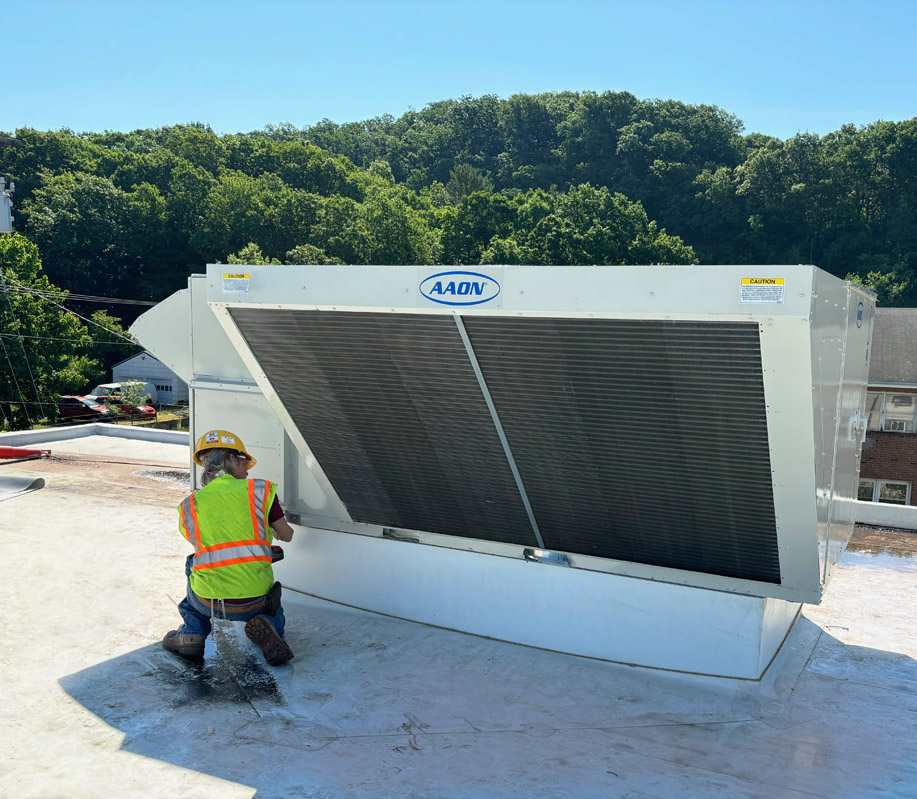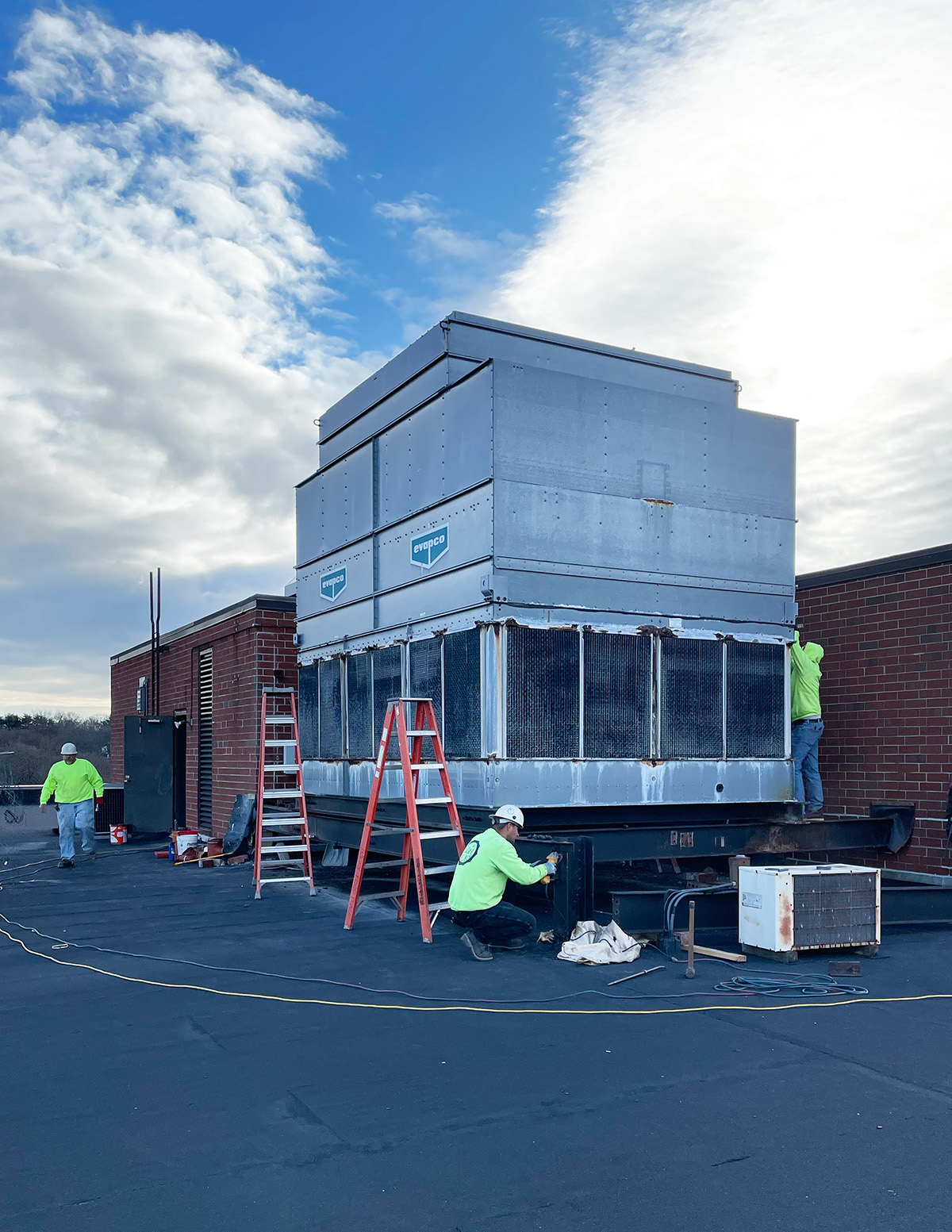Section 179 Tax Savings on HVAC
A change in the Tax Cuts and Job Act from 2017 can help you make upgrades to your HVAC while helping save on taxes. The tax law increases the maximum amount of assets a taxpayer can expense to $1 mil. The law also expands the definition of section 179 property to include the following improvements to nonresidential property: roofs, HEATING, VENTILATION AND AIR-CONDITIONING, fire protection, and alarm systems as long as improvements are placed in service after the date the building was first opened. Up until 2017, this special deduction for business property owners was limited to mostly business-use vehicles and non-fixture equipment inside a commercial building such as: office equipment, machinery, computers, etc.
In previous years HVAC equipment was considered a capital improvement to the building and excluded from the Section 179 deduction. The new Section 179 deduction can now be applied to both new and used HVAC equipment purchases up to $2.5 million, with a $1 million deduction limit.Businesses can now take 100 percent bonus depreciation on qualified property in a single year rather than spreading it over 39 years as previously required. Full bonus depreciation is phased down by 20 percent each year for property placed in service after December 31, 2022 and before January 1, 2027.
What does this mean for you?
If you make $150,000 in HVAC system upgrades you could potentially receive a $52,200 reduction in taxes rather than having to take the 39-year depreciation which only gets you a $1300 deduction. This does vary by situation but this change can give a business a large deduction in a single year. The deduction must be taken in the year that the equipment was installed.
What properties are qualified?
This law only applies to federal deductions and does not apply to state taxes.The definition of a property eligible for 100 percent bonus depreciation was expanded to include used qualified property acquired and placed in service after Sept. 27, 2017 and before January 1, 2023, and all the following factors must apply:
- The taxpayer or its predecessor didn’t use the property at any time before acquiring it.
- The taxpayer didn’t acquire the property from a related party.
- The taxpayer didn’t acquire the property from a component member of a controlled group of corporations.
- The taxpayer’s basis of the used property is not figured in whole or in part by reference to the adjusted basis of the property in the hands of the seller or transferor.
- The taxpayer’s basis of the used property is not figured under the provision for deciding basis of property acquired from a decedent.
- Also, the cost of the used property eligible for bonus depreciation doesn’t include the basis of property determined by reference to the basis of other property held at any time by the taxpayer (for example, in a like-kind exchange or involuntary conversion).
So in summary, if you acquired a new property that was in need of upgrades you can use the new tax benefits to offset the cost of the upgrades now, rather than spreading it over 39 years. Now is the time to make the investment and maximize your tax benefits. As always, be sure to consult with your tax professional for your best tax benefit.
